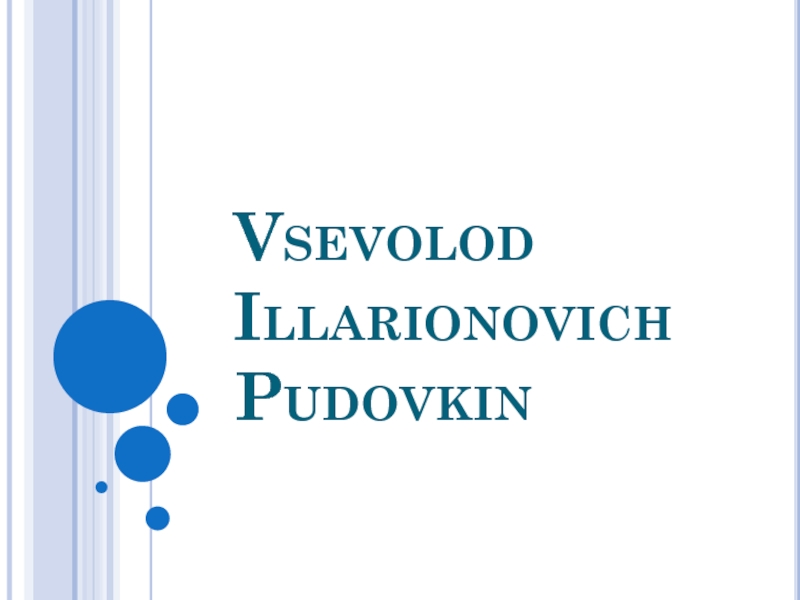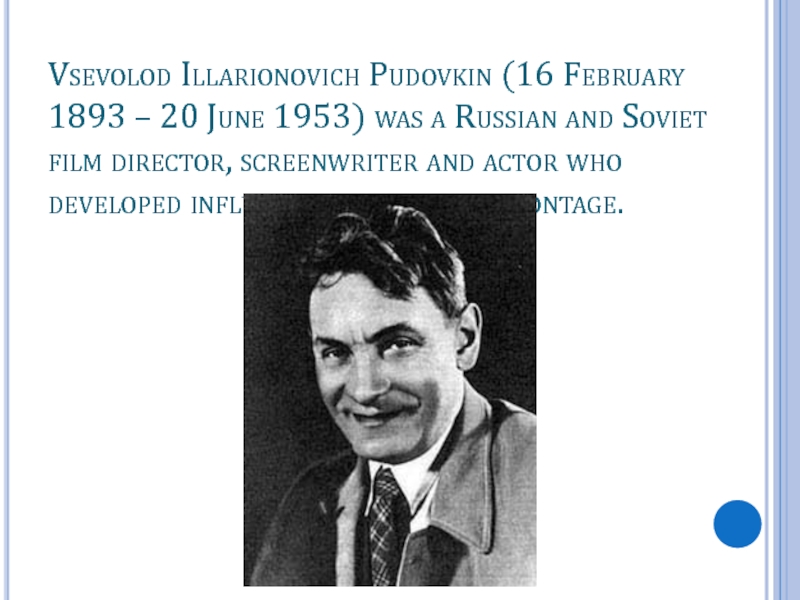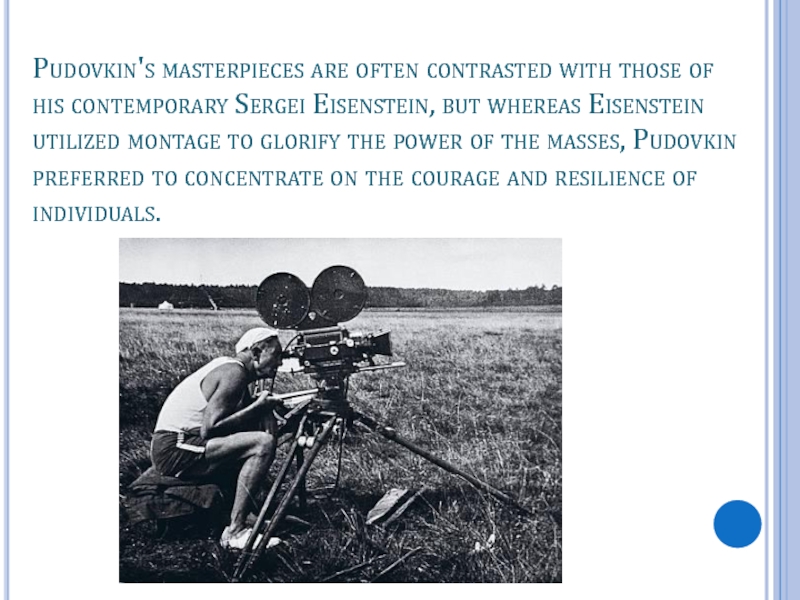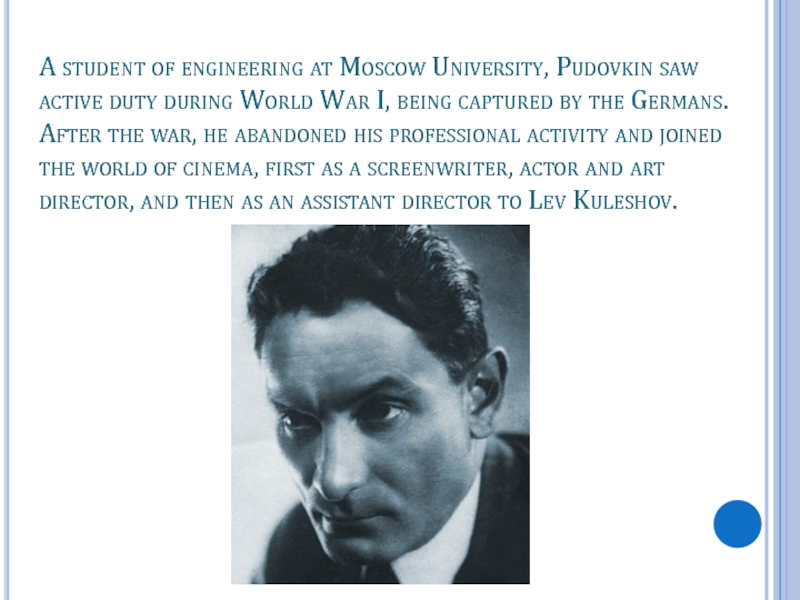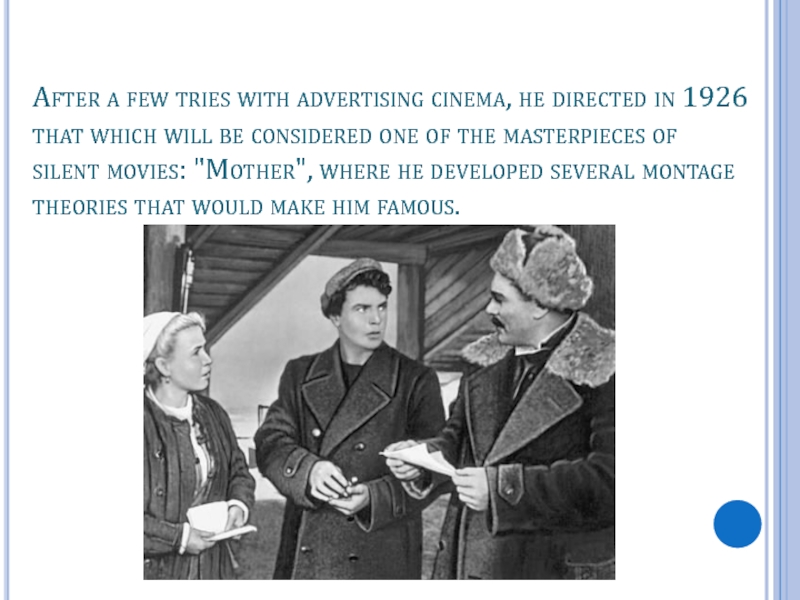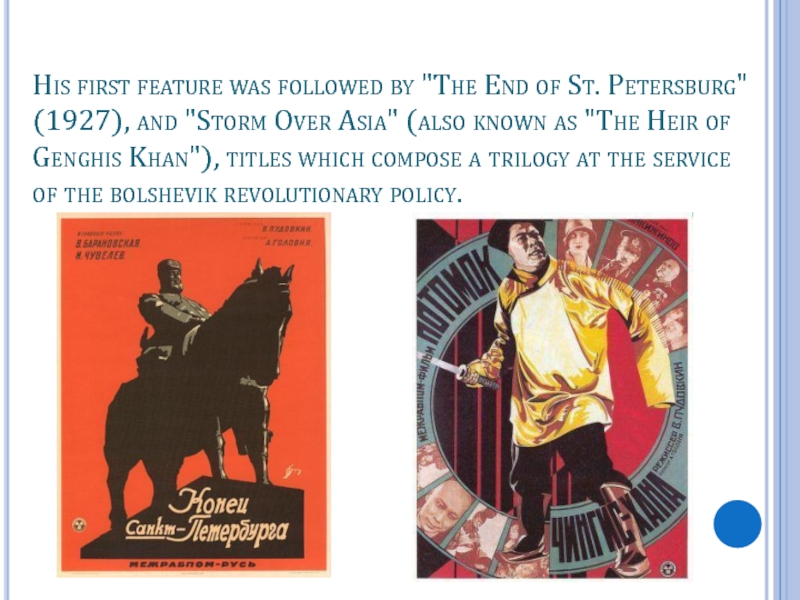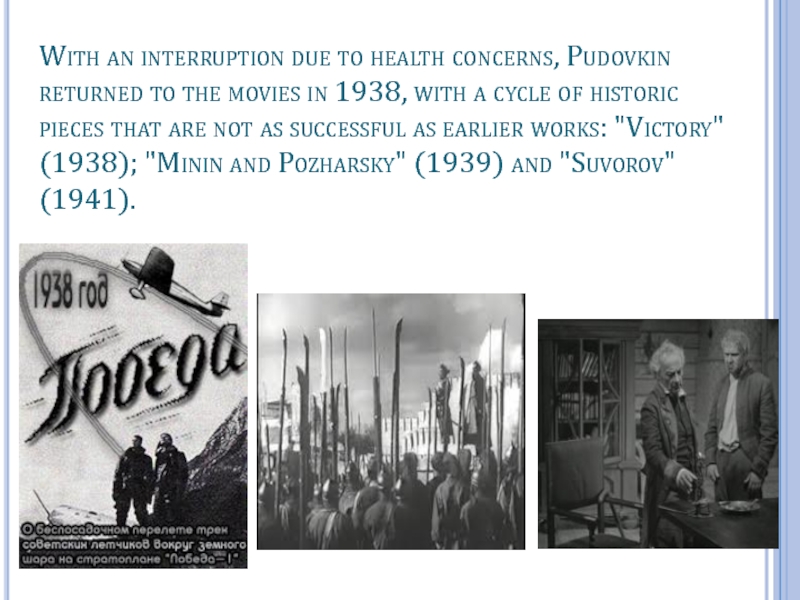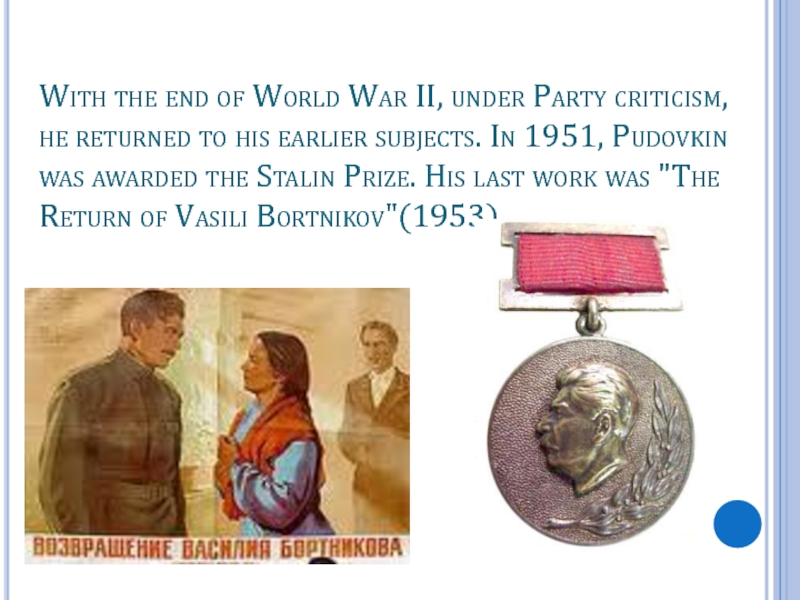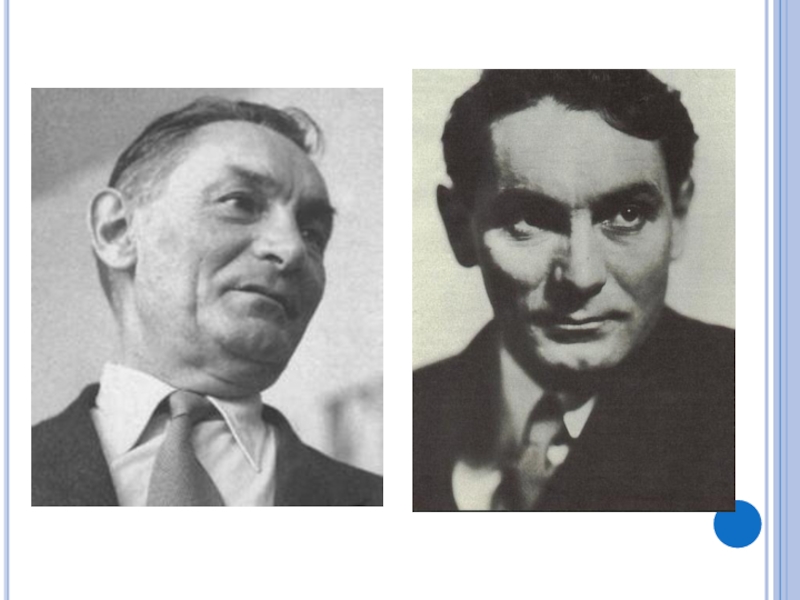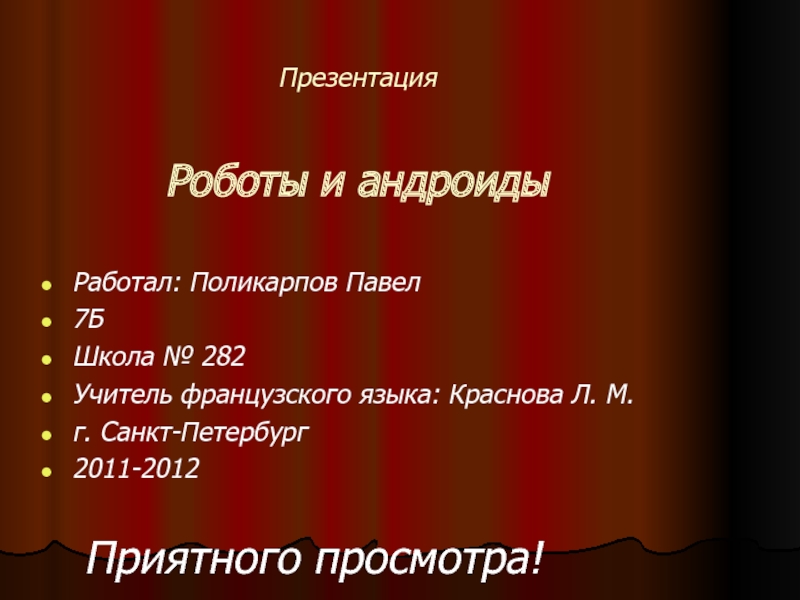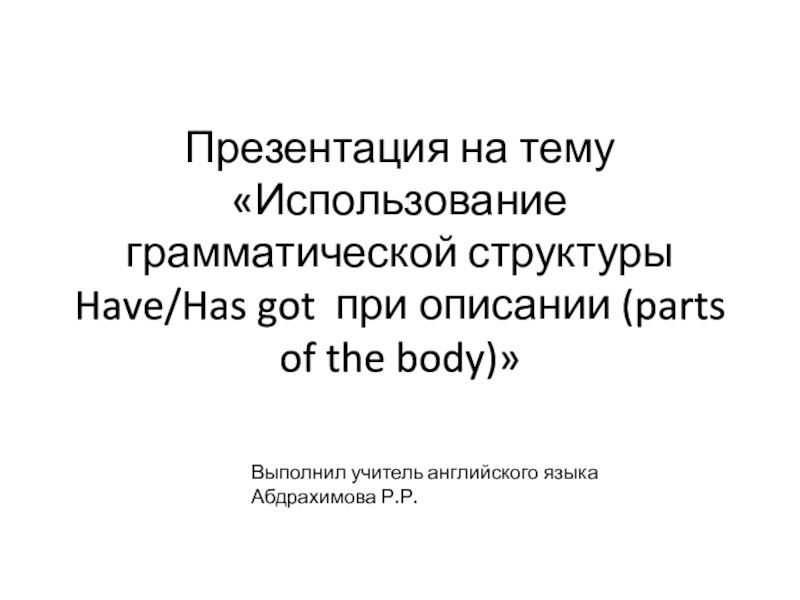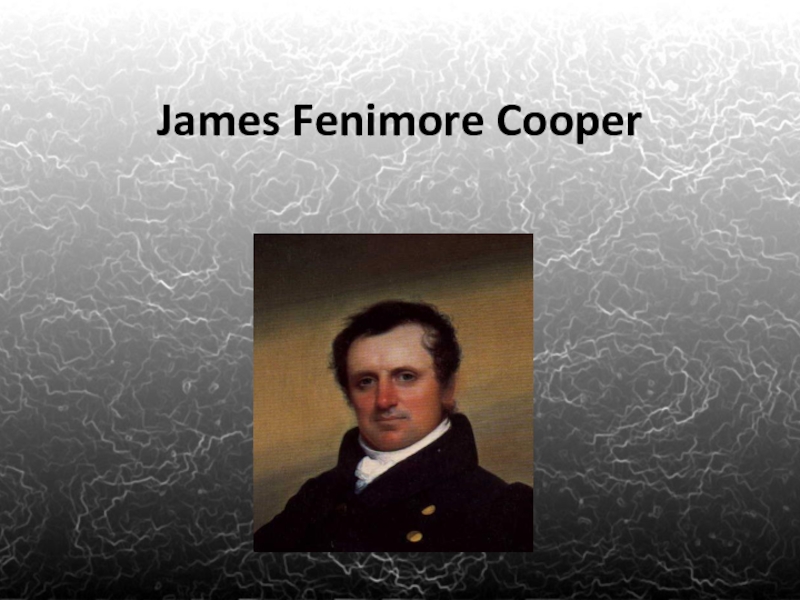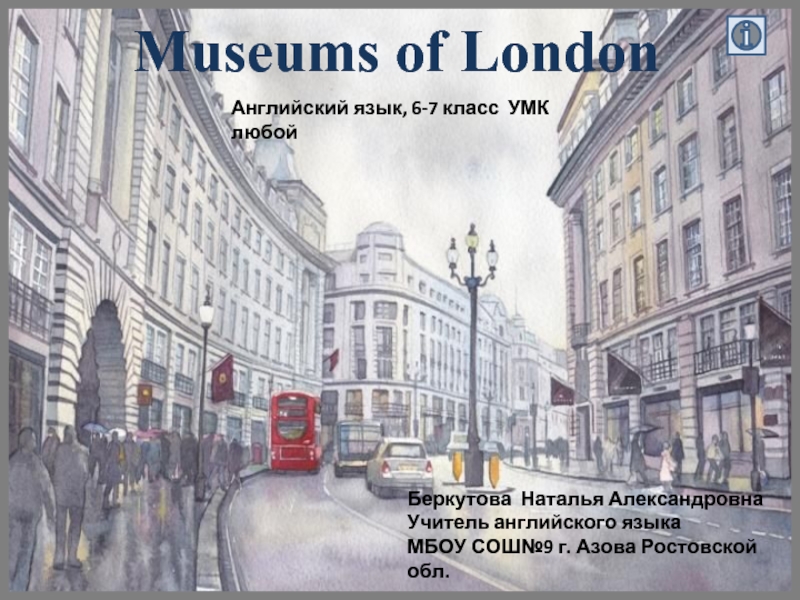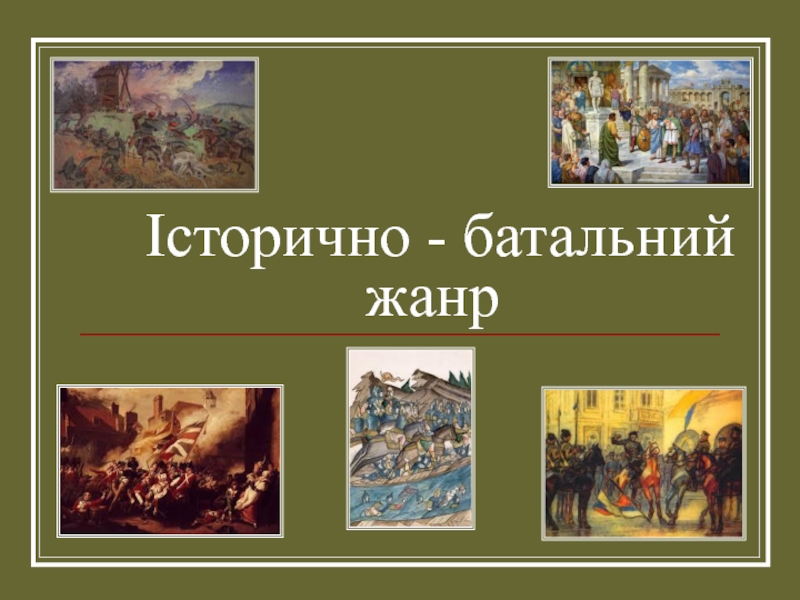Разделы презентаций
- Разное
- Английский язык
- Астрономия
- Алгебра
- Биология
- География
- Геометрия
- Детские презентации
- Информатика
- История
- Литература
- Математика
- Медицина
- Менеджмент
- Музыка
- МХК
- Немецкий язык
- ОБЖ
- Обществознание
- Окружающий мир
- Педагогика
- Русский язык
- Технология
- Физика
- Философия
- Химия
- Шаблоны, картинки для презентаций
- Экология
- Экономика
- Юриспруденция
Vsevolod Illarionovich Pudovkin
Содержание
- 1. Vsevolod Illarionovich Pudovkin
- 2. Vsevolod Illarionovich Pudovkin (16 February 1893 –
- 3. Pudovkin's masterpieces are often contrasted with those
- 4. A student of engineering at Moscow University,
- 5. After a few tries with advertising cinema,
- 6. His first feature was followed by "The
- 7. In 1928, with the advent of sound
- 8. With an interruption due to health concerns,
- 9. With the end of World War II,
- 10. Слайд 10
- 11. The Power Point was done by Babenko Olesya 11b
- 12. Скачать презентанцию
Vsevolod Illarionovich Pudovkin (16 February 1893 – 20 June 1953) was a Russian and Soviet film director, screenwriter and actor who developed influential theories of montage.
